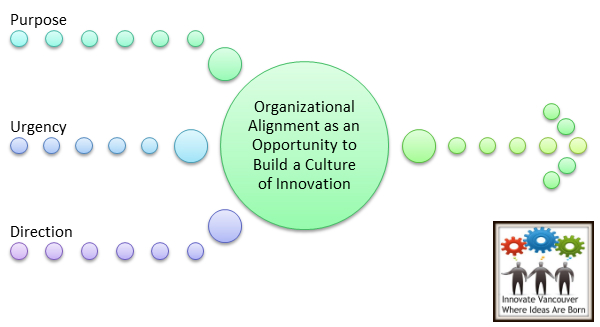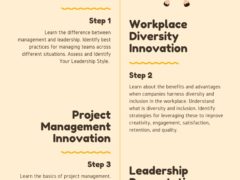Leadership innovation is not achieved in isolation. The CEO requires the rest of the crew in order to identify hazards, evaluate risks, and coordinate planned courses for action. Due to the unlimited amount of business tools available, selecting the right tools for the right situation is more of an art form than a science. This becomes truer for organizations that operate in changing environments.
Feedback Mechanisms & Agility
The corporate agility needed to respond to marked changes in the business environment requires role modeling from the top, which involves the CEO and the executive leadership team. Decisions are best informed through multiple viewpoints. Culture requires changing the many which is executed from one point, although implementation and rollout of the changes requires the full involvement and participation of each department and function within the corporation.
Cultural Alignment
Culture may be contagious but is not sustainable without commitment to a shared vision. Although the executive leadership team may be able to implement dramatic course changes the rest of the corporation (to include assets, resources, and values) will be unaligned unless leadership addresses each of these factors in turn. The risk of this misalignment is the allocation of organizational assets, finances, and human resources to efforts that fail to deliver on existing contracts, service agreements, and stakeholder expectations. The solutions to organizational misalignment are simple and yet the problems just mentioned are realized more often than they should.

Organizational Misalignment
Misalignment (within the organization and across the business environment) occurs when stakeholders:
The result of these ‘blind spots’ includes conflicting priorities, values, and vision. Possibly the greatest risk of these ‘blind spots’ is that they will contribute to the organization’s inability to respond to environmental changes. The organization’s relevance will decrease as updated benchmarks, standards, and technologies are leveraged by competitors. The goal is to lead the development and implementation of these updates instead of follow them.
Identifying Direction
The dramatic changes required of corporations during an economic recession require those in leadership to instill a sense of urgency, purpose, and direction. These same characteristics are required of the CEO and leadership team during corporate mergers. Data can assist the organization’s leadership what steps to take but it requires the sense of urgency and purpose to identify what direction(s) to pursue.

Leadership Builds Effective Strategy on Data Democracy
The most often cited weakness of data driven models is that they are often implemented without a system’s thinking mindset. Different directions are eluded to depending on the data used and the questions asked. The result is that the core systems are unaligned and the desired values and outcomes diminish one another.
Measuring Data ROI
Measuring the benefit of data driven models thus becomes a contest of differing viewpoints and expectations. Data driven models are not to be considered independent of a planning methodology that is informed by industry standards, benchmarks, economic trends and challenges, corporate mission/vision/and culture, the regulatory environment, and an emphasis on what is your company’s competitive advantage.
Systems & Value Alignment
If the model is limited to a functional perspective the synergy and competitive advantages achieved as a result of the company’s core competencies is diminished. Without a sense of purpose, urgency, and direction the methodology used to evaluate and leverage existing data will fall short of expectations. Data driven models are not a utopian solution to a company that is misaligned with its vision or is unresponsive to its environment/industry/customers/stakeholders.

Supporting Innovation as a Solution
The strength of the business case for data driven business models will depend on the organization’s culture. A culture that anticipates and builds upon change is more likely to thrive than a culture that resists it. The importance of building a culture of innovation in the non-technology sector cannot be understated. Reinforcing the status quo is not enough to insure an organization’s relevance.
Travis Barker, MPA GCPM
Innovate Vancouver
http://twitter.com/innovatevan
Reference:
CEOs Build Strategy On “Data Democracy” (2006, November 30). Retrieved from http://www.strategy-business.com/article/06413?gko=ff1e0
Favaro, K., & Neilson, G. (2013, May 28). Captains in Disruption. Retrieved from http://www.strategy-business.com/article/00182?gko=2eb37
Innovate Vancouver is a business development & consulting service and technology startup located in Vancouver, BC. Contact Innovate Vancouver to help with your new project. Innovate Vancouver also gives back to the community through business consulting services. Contact us for more details.




